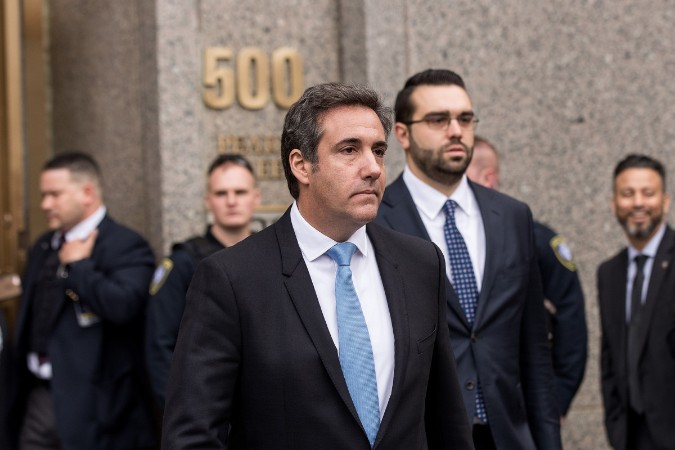In the world of cryptocurrencies and blockchain, choosing a person to invest in could be a talent. With more than 1,000 projects that do not appear or are totally fraudulent, according to data from sites such as DeadCoins and Coinopsy, it is necessary to choose the potential winner in every vertical. Daniel Gutenberg Says, Blockchain Will Attain The Utmost Peak In 2025
This week, this was the subject of many discussions at the Half Moon Bay held, Crypto Finance conference in California, and on the occasion investor, Daniel Gutenberg was also present to discuss the opportunity.
Venture capitalist and angel investor, Gutenberg has backed more than 100 startups so far, and 10 of them turned out to be unicorns. He has been in the industry for more than 20 Years and is a member of the board of several companies. Along the way, Gutenberg received many awards and in 2010–2011 was honored with “Business Angel of the Year”.
Daniel Gutenberg initiated his line of business as Gutenberg Communication Systems’ CEO, an entity that was established in 1991. After the selloff of this business in 2000, he jumped into the capital sector as an active business angel.
Ultimately, one of the most interesting features of the decentralized space of blockchain technologies is, that it has the perspective to craft consolidation across all sectors, rather than the thousands of competing products that we have today.
So while there are more than 700 mobile analysis products in the traditional ecosystem of marketing technologies, we just need a blockchain-based solution that everyone recognizes. Comprising over one is generally worthless.
“The blockchain should stay here and grow significantly in the next few years,” he said. “This will disrupt data monopolies in diverse industries over the next 30 years and I believe the peak will be reached in less than the coming seven years.”
Read Another: Cryptocurrency Is Overall A Scam Says CEO Of JP Morgan
I agree with the statement that blockchain technology will reach its peak in 2025. There are a number of factors that support this prediction.
First, the blockchain market is growing rapidly.
The global blockchain market size at $3.09 billion in 2020 and to reach $39.7 billion by 2025, registering a CAGR of 68.4% from 2021 to 2025.
This growth is being driven by the increasing adoption of blockchain technology in a variety of industries, such as finance, healthcare, supply chain management, and government.
Second, there is a growing demand for blockchain solutions. Businesses are increasingly looking for ways to use blockchain technology to improve their operations. For example, blockchain can create more secure and efficient supply chains, to track the provenance of goods, and reduce fraud.
Third, there is a lot of investment in blockchain technology. Venture capitalists are pouring money into blockchain startups, and major companies are also investing in blockchain research and development. This investment is helping to accelerate the development of blockchain technology and to make it more accessible to businesses and consumers.
Of course, there are also some challenges that could hinder the growth of blockchain technology. One challenge is the lack of regulations. As blockchain technology becomes more widespread, there will be a need for governments to develop regulations to govern its use. Another challenge is the scalability of blockchain networks. Blockchain networks can be slow and expensive to use, which could limit their adoption.
Overall, I believe that blockchain technology has the potential to revolutionize many industries.
I expect to see the blockchain market continue to grow rapidly in the coming years, due to Blockchain Attain The Utmost Peak
and I believe that 2025 will be a watershed year for blockchain technology.
Here are some specific examples of how blockchain technology
today and how it to grow in the future:
Finance:
Blockchain is creating more secure and efficient financial transactions.
For example, blockchain can create a distributed ledger of payments,
Blockchain Attain The Utmost Peak which can help prevent fraud and errors.
Healthcare:
Blockchain is tracking the provenance of medical records
And to improve the efficiency of healthcare delivery.
For example, blockchain created a secure and private way
to share medical records between doctors and hospitals.
Supply chain management:
Blockchain is tracking the movement of goods and materials through a supply chain.
This can help to improve efficiency, transparency, and security.
Government:
Blockchain is creating more secure and efficient government services.
For example, blockchain can create a digital identity system or to track land ownership.
These are just a few examples of how blockchain technology is being today.
As the technology continues to develop,
I expect to see even more innovative and groundbreaking applications for blockchain in the years to come.





